Earn money in your sleep!
It’s every web designer and developer’s dream: a passive income stream that generates cash all by itself. Adii Pienaar explains how to create one of your own
In my article “Recurring Revenue”, published in the October issue of .net, I speak about the ever-changing landscape for web designers and developers, where the focus is most definitely shifting from consulting to building products or services. I argue that most of us would prefer to be earning a passive income from our efforts than have to fight bad clients over budgets, deadlines and getting our bills paid on time. If this is where your head is at, then this article will be perfect for you...
There are many ways to generate a passive income, but I’d like to touch upon the most common models/approaches by looking at a few examples from within our community. I’m a firm believer that a theoretical model does not equate to much value unless it can be substantiated by some great examples. The proof is in the pudding.
These business models and approaches range between the more casual approach (ie you’ll only need to invest a couple of hours a week) to more elaborative, serious approaches (which require more of your time and energy). Depending on which way you go, you may also need an initial capital outlay.
Here’s a list of four business models that may just work for you:
1. Sell your by-products
37Signals has this great article about selling your by-products, which is a definite must-read. The basic thrust is that in every work process you’re also creating by-products (waste) that could potentially be utilised elsewhere.
As web designers and developers, we produce resources every day whilst working on our consulting and client projects, most without even realising it. We all have our own workflow, routines, Photoshop brushes or code snippets that we use almost by default in our client projects. But could others potentially benefit from those?
37Signals earned more than $1million in revenue by turning their blog posts (which they were using as part of the marketing strategy of their business) into a self-published book. Drool. Who wouldn’t want that? Their Ruby on Rails framework is also being used widely across the web and has indirectly benefited their business beyond a valuation that you and I could guess. Both of these were byproducts of the standard workflow.
Get the Creative Bloq Newsletter
Daily design news, reviews, how-tos and more, as picked by the editors.
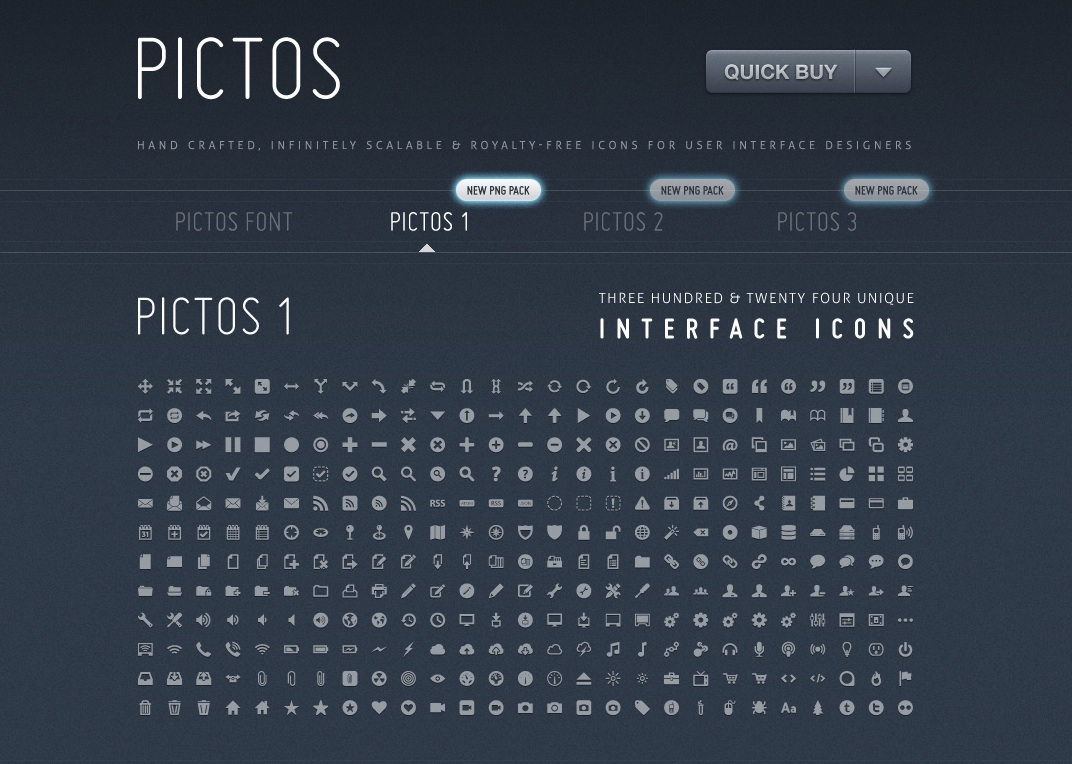
Designer Drew Wilson (renowned for making loads of stuff) released his first icon set (Pictos #1) last year and its popularity of the icon set has since spawned two additional sets and a Pictos fontface. I’m speculating a bit here, but I bet that Drew created the icons as much for himself as he did to sell them.
Success stories like Drew’s are becoming more and more widespread, since distribution of your byproducts has become so much easier. Sure, it helps to be 37Signals and have a huge following on your blog to which you can push your new self-published book, but it’s not a necessity any more. Marketplaces such as iStockphoto or CodeCanyon allow you to sell your byproducts easily (albeit by sacrificing a bit of your income to commissions) and get set up in a matter of minutes.
Here’s a couple of ideas of by-products you could sell:
- Any graphics that could be considered as “stock”: icons, vector images, textures.
- Code snippets or scripts that you use to achieve nifty things in your client work.
- Convert unused designs or scripts into templates and plug-ins for popular CMSes.
2. Sell your knowledge and/or experience
There's another great, inherent by-product of all of our work: we’re accumulating loads of knowledge and experience. What’s more, it’s completely niche-focused, which means that in many instances it can be regarded as specialist or expert advice.
This can be seen in the incredibly valuable content published via personal and company blogs. There’s also been a very encouraging trend recently of more and more prolific web design bloggers publishing books.
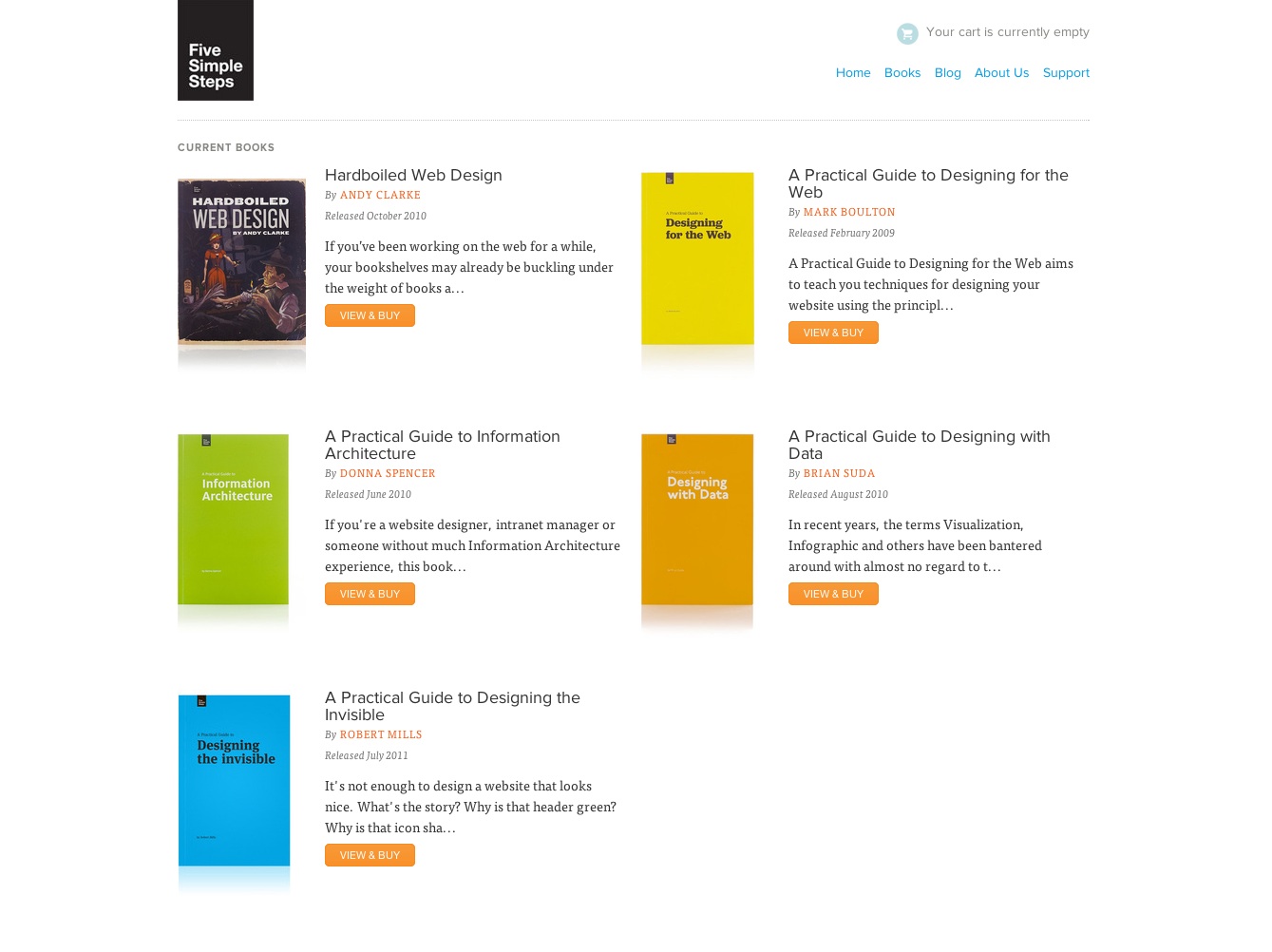
Mark Boulton’s Five Simple Steps initiative has been absolutely fantastic in monetising the knowledge and experience of some the most well-known and experienced designers in the industry. I think purchasing a book by the likes of Mark himself, Andy Clarke or Brian Suda is well worth the money and without having any data, I’d be happy to speculate that these authors have made quite a bit of money from this. (I also think that Andy Clarke has used this model to great success, considering his flourishing public speaking efforts, which is centred purely on sharing his knowledge and experience.)
In a very similar vein to Five Simple Steps, Jeffrey Zeldman has launched A Book Apart with rip-roaring success. Featuring authors such as Ethan Marcotte, Jason Santa Maria, Dan Cederholm and Jeremy Keith, A Book Apart has become an integral source of knowledge to the web design community. The fact that these authors are able to monetise their hard work and experience also bodes well for the future, because the financial reward attached to this means we’ll most likely see more of these going forward.
But I’m not that well-known and neither can I boast that level of experience. I think most of us would fall into this category unfortunately. Heck, I tried to self-publish and sell my own book, Rockstar Business, and even though I sold over 1,000 copies, I didn’t really profit financially (the revenues being applied to marketing and manufacturing). There is, however, an option available that poses a much lower barrier to entry.
I think that Envato’s Tuts+ Network and this very website, netmagazine.com, are fantastic places to allow designers and developers to sell their knowledge across multiple disciplines. Sure, you might only earn a couple of hundred dollars selling a tutorial to them (which surely isn’t much compared to having a best-selling book), but you also have the added benefit of the exposure that this brings. Rome wasn’t built in a day and getting your name out there in this way will only strengthen your reputation and enable you to get better clients in the longer term. You might even be a well-paid published author one day.
In addition, I also see a very positive trend that is enabling “enthusiasts” (instead of experts) to monetise their experience and knowledge. I love Readability’s initiative to try get bloggers paid, whilst projects like Ohours, Udemy and Minutebox have gained huge traction in connecting students with consultants that can share their experience and knowledge of a specific industry.
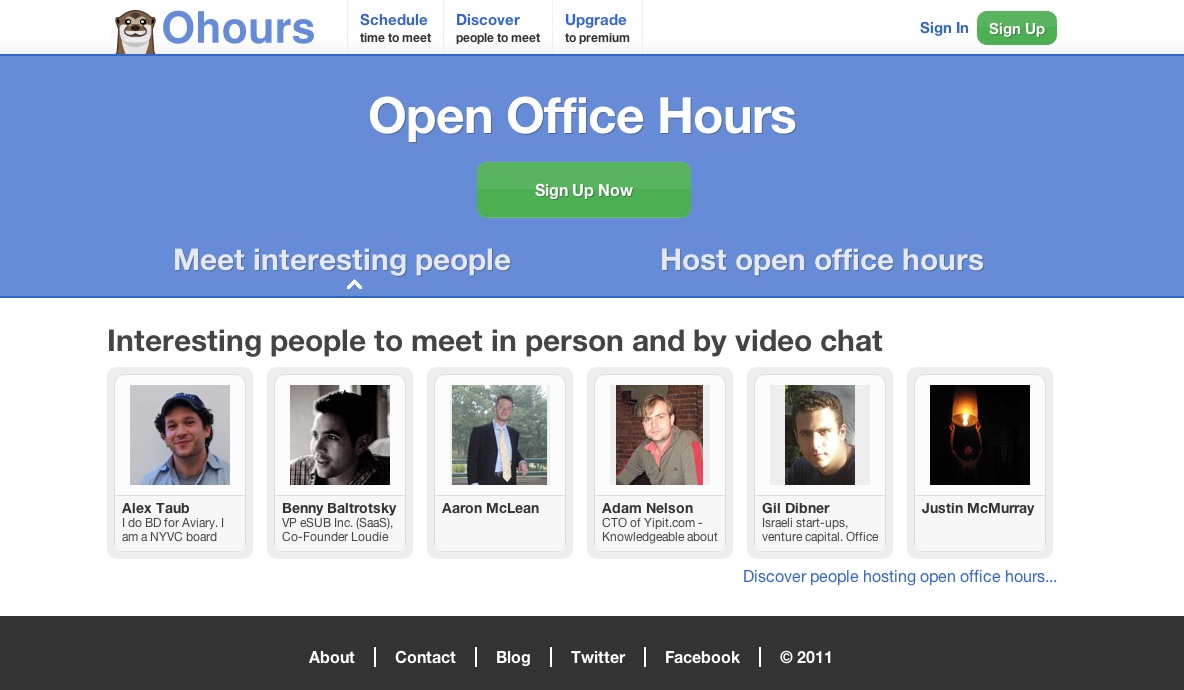
This space is truly hotting up and I think we’ll see this becoming a very viable monetisation option in the next 12 to 18 months.
3. Scratch your own itch
In his 2010 article, Organic Startup Ideas, leading VC and founder of the startup incubator, Y Combinator, Paul Graham says: “The best way to come up with startup ideas is to ask yourself the question: what do you wish someone would make for you?”
37Signals (amongst others) are firm believers in building software for yourself, which means you intend to solve a problem for yourself first and thereafter you try to find others with similar problems. 37Signals just wanted a better project management platform that would make their client design projects easier to manage. Enter Basecamp, which is now being used by thousands of web designers and developers worldwide to manage their client projects.
Tools such as Github, Instapaper, Sifter, Balsamiq and the Harmony CMS were also created to solve a problem or fill a gap for the creators. I myself co-founded WooThemes specifically to create a better way of rolling out WordPress-powered websites to clients.
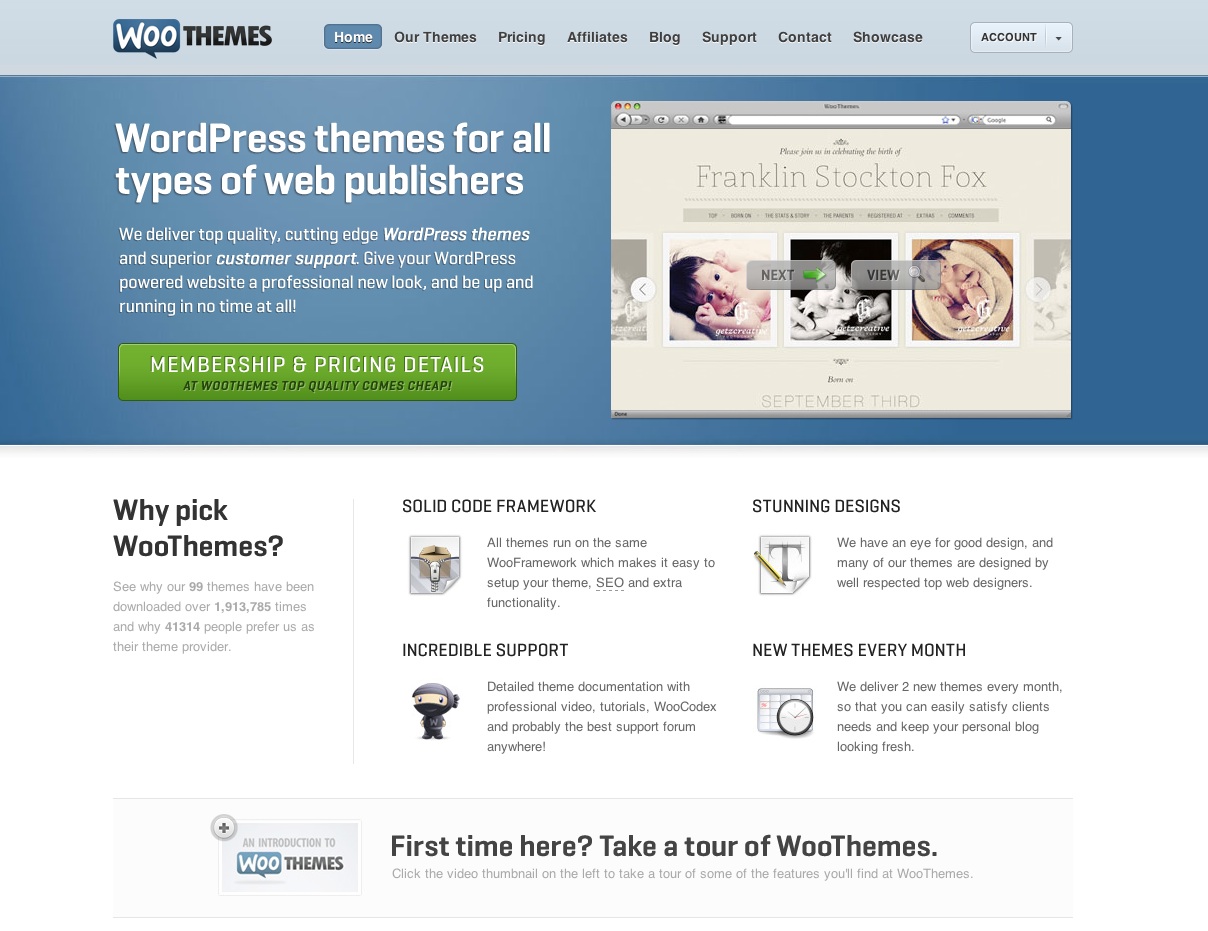
This approach works well because you have intimate knowledge of the problem you’re solving. And because it is your own problem too, you are more passionate about solving it (since you’ll be the first benefactor). This results in better solutions all-round, which in turn makes the sales and marketing so much easier. No need for guesswork in determining whether others will pay for your work; if you solve a big problem for yourself as a web designer/developer, then there are likely to be others in our industry with the same problem.
4. Build something for the community
The final approach follows a similar route to the previous one of scratching your own itch. But it has a bit of a twist.
The web design community is one of the most thriving communities you will find around, both online and off. So I think there’s a big opportunity for those that could create a project that gets the community involved.
Considering the sheer size of the community, you only need to get a small percentage of it involved to be able to monetise it and establish a proper revenue stream. There’s two young projects that I think have done incredibly well in the last year:
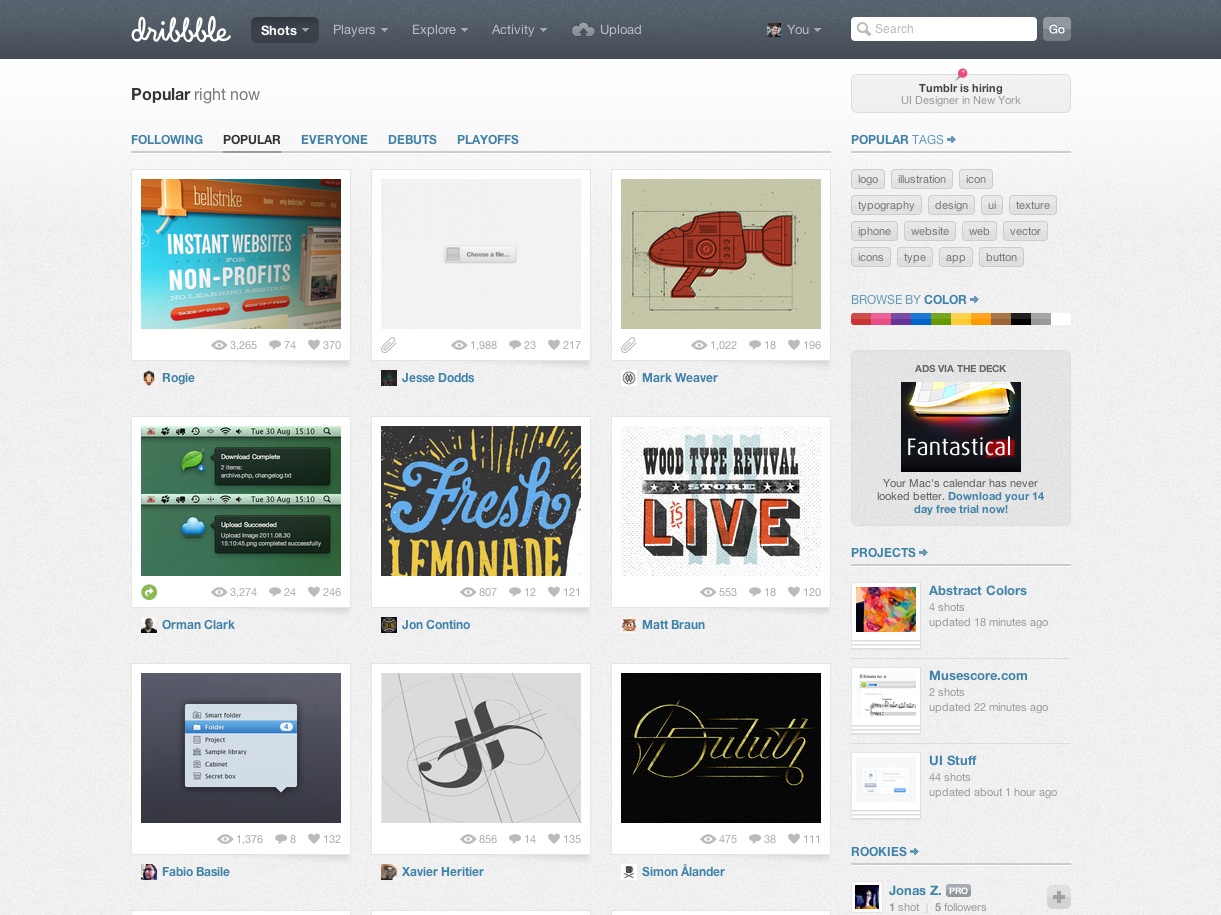
When Dan Cederholm and Rich Thornett first launched Dribbble, I think there was an audible “WTF?” gasp from the web designer community. The concept of sharing your work-in-progress was just too alien at the time, but considering the traction that Dribbble has gained to become a flourishing segment within our industry, I think they’ve shown that it’s a viable option to create a community-driven business.
I also think Dribbble’s model has been validated with the success of Kyle Bragger’s Forrst, which is also growing in leaps and bounds.
Another project that has taken off like a rocket is 8Faces, a magazine for typography aficionados by Elliot Jay Stocks. Judging by the speed in which every new issue has sold out, the quality of the magazine and also the support from the community is very evident. I think this has also been demonstrated in the success of Frank Chimero’s The Shape of Design and Andy McMillan’s The Manual, both of which recently got over-funded on Kickstarter.
The community is very likely to support its own and launching a project that specifically targets this community is an almost sure bet in getting your new project enough traction. Create something of value and the community will in all likelihood support you and even do the marketing on your behalf.
What’s next?
There’s loads of inspiration and options that emanate from the examples included above. What I’ve not said is that none of these approaches will render a positive outcome without incredibly hard work.
Considering that most of us have a day job or we need to bill our freelance clients to keep the electricity on and bread on the table, we’ll in all likelihood be pulling a couple of late nights to accomplish our goals and launch something that could deliver a passive income source.
But bear in mind that that now, more than any other time in our industry, the gap is wide open to do so and the success of the initiatives listed above is the evidence for that. Don’t wait until tomorrow to execute that idea you have, to scratch your own itch or to create a community project that others will find valuable.
Instead, you should follow in the footsteps of those individuals and companies listed above and truly build something of value. Your time is now.

Thank you for reading 5 articles this month* Join now for unlimited access
Enjoy your first month for just £1 / $1 / €1
*Read 5 free articles per month without a subscription

Join now for unlimited access
Try first month for just £1 / $1 / €1
The Creative Bloq team is made up of a group of design fans, and has changed and evolved since Creative Bloq began back in 2012. The current website team consists of eight full-time members of staff: Editor Georgia Coggan, Deputy Editor Rosie Hilder, Ecommerce Editor Beren Neale, Senior News Editor Daniel Piper, Editor, Digital Art and 3D Ian Dean, Tech Reviews Editor Erlingur Einarsson, Ecommerce Writer Beth Nicholls and Staff Writer Natalie Fear, as well as a roster of freelancers from around the world. The ImagineFX magazine team also pitch in, ensuring that content from leading digital art publication ImagineFX is represented on Creative Bloq.
